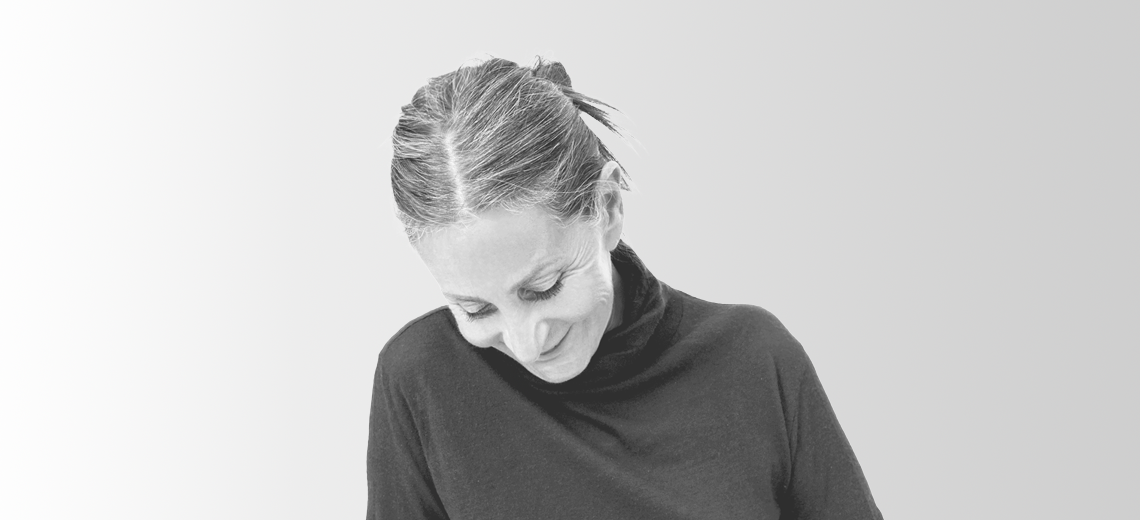Subscribe: Apple Podcasts • Spotify
Roxanne Assoulin has been in the jewelry business for over 40 years. But, thanks to its reliance on bold colors and youthful designs, her 7-year-old namesake brand feels as fresh as ever. Prior to launching her own brand, Assoulin designed for major brands like Michael Kors and had her jewelry sold in major department stores like Neiman Marcus and Saks Fifth Avenue.
Her current brand took off thanks to boosts from influencers like Leandra Medine, who happens to be a friend of the family.
“We never paid influencers,” Assoulin said on the latest episode of the Glossy Podcast. “Leandra had dated my son when she, like, 17. She’s best friends with my daughter-in-law. I asked her to come to the office and tell me what she thought of what I was working on, and she took some pictures. I said, ‘Don’t post those pictures anywhere,’ and she said, ‘No worries, no worries.” That night, she posted them.”
The early buzz helped propel the brand, which grew 300% between 2017 and 2018. Now, Roxanne Assoulin is carried by both online retailers like MatchesFashion and brick-and-mortar stores like Nordstrom.
But in many ways, Assoulin said she’s still figuring out where to take the brand next. She characterized herself as a “gut person,” who focuses on her own creative sense to help guide the business through challenges like the pandemic and the current decreased spending caused by inflation. For this week’s Glossy Podcast, she spoke with Glossy editor-in-chief Jill Manoff about this philosophy, as well as her work with influencers, her history in the business and the inspiration behind her colorful jewelry.
Below are additional highlights from the podcast, lightly edited for clarity.
Ad position: web_incontent_pos1
On how the business survived during the early days of the pandemic
“During the pandemic, we got a call from Vogue saying they wanted to put us on the back page but they wanted us to do a kit. And we didn’t do kits at the time. I had never done anything like that. I had no idea how to do it, but I just came into the office — no one was here — and I put together this little kit of beads. So we started selling a make-your-own-jewelry kit because people were stuck at home. We had three years of 300% growth before the pandemic hit and then we had this category of joyful jewelry. So we were really right on target when the pandemic hit.”
On the brand’s positioning and quality
“I don’t consider us a luxury brand. I consider myself a democratic brand, not aspirational. We try to give people things that they can afford. Most of our things are under $400, and the sweet spot is between $75 and $130. I don’t want you to aspire to it, I want you to be able to get it. My biggest thing is the quality. Sometimes I buy jewelry online and I get it in the mail and I don’t understand how someone could pay $400 for it. I test everything 14 times, and I get annoyed if it doesn’t work, if there’s something wrong with it or if it’s not laying right.”
On the biggest challenges facing the brand right now
Ad position: web_incontent_pos2
“I don’t think there’s one big challenge, but more like a lot of little challenges. The recession is real and people are spending less. I’m spending less. That’s going on. And as they spend less, the prices are getting higher and higher. So as the price goes up, you still want to give people value. We don’t want to get into higher price points. But anyone who’s running a business is challenged by that. The fun part is inventing the business and it catching on. The hard part is trying to scale the business — and that’s especially when there are all these outside things. But I worked through 9/11, and I worked through 2008 when the market crashed. If you can work through things like that, you’re going to be OK.”




